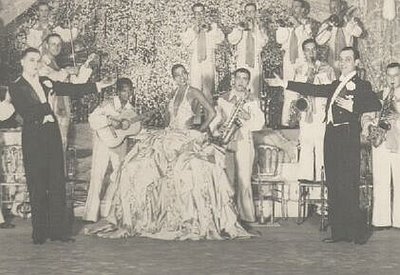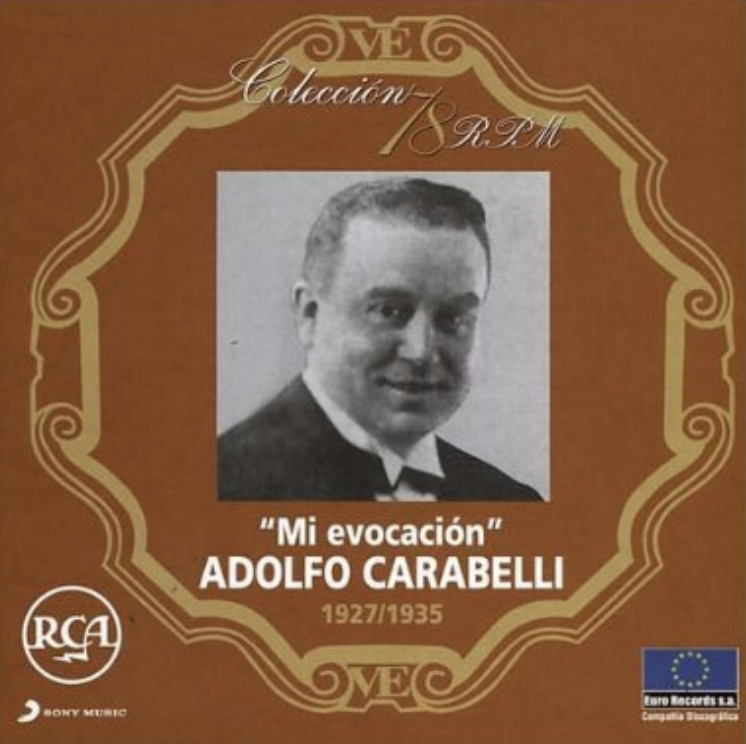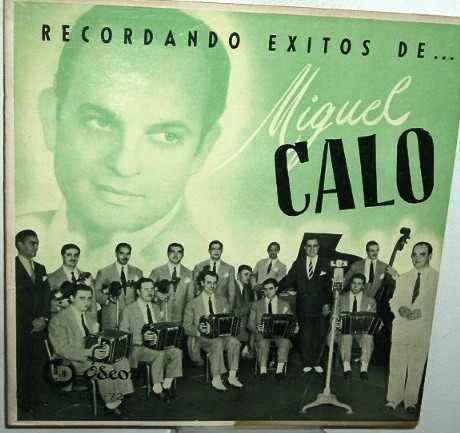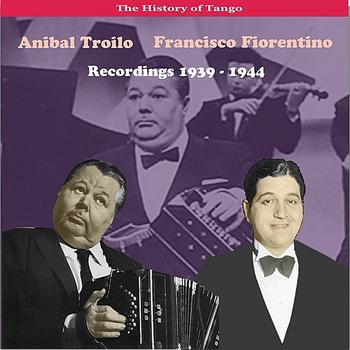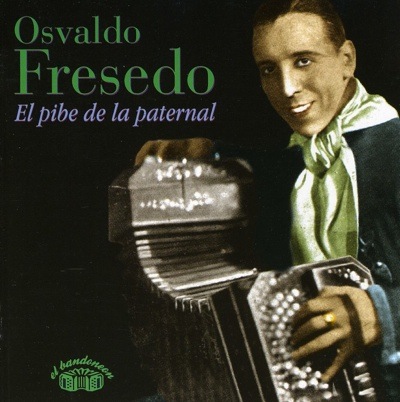How many times have you heard someone say, "I don't teach figures or steps?" I just don't like that simplistic, blanket statement. It is a pet peeve of mine, as there are so many variables at play. I have learned much from figures/steps and I regularly use them in my teaching.
Let me be clear though, I have been in classes where the focus was just on memorizing some 32 count figure with no concern about the quality. I do agree that simply teaching people to memorize a figure/sequence is probably bad teaching. I say probably, because I am rarely an absolutist and it could be a choreography class preparing students for a performance. Even with this though, I can tell the difference between a performance where the students know how to lead and follow the steps they are performing or if they are just regurgitating a set of steps.
So, what follows is my opinion and I am in no way suggesting that everyone “should” teach in this way. We find that this teaching style works for us. We are often told by our students that we focus more on technique than most other teachers, so it might seem funny that I am writing in support of figures. I consider a figure to be a box for learning technique, in other words, figures are teaching tools. We encourage our students after they have learned and mastered a figure to break it and use the individual pieces and combine them with other steps that they know. Improvisational dancing should not mean just going from figure to figure. Each step has a new life.
We usually teach short figures for the social dance floor, which start in the line of dance and then resolve in the line of dance. We then spend the class dissecting each step and technique used in that figure. Often there is a one technique that is the real focus of the class, which is contained within the figure. We also discuss different musicality options and ideas for entering, exiting and embellishing the figure. We discuss any adjustments that are needed to the embrace during the figure. Also, most of our students use both open and close embraces so we might discuss any problems, so we discuss issues peculiar to each.
Another benefit that I feel arise from this teaching style is that it allows us to focus on each student individually. If we were just teaching a class on boleos and several of the women did wonderful boleos then they might not get much out of that class. But if we teach a figure that includes a boleo, well we might see something else that we could help those women with, who already do wonderful boleos.
I feel strongly that teachers “should” think about floor craft and “should” teach figures which are easily accomplished on the social dance floor and explain this to students. This means that the figure should begin in the line of dance and resolve in the line of dance. Also, the figure should not take the dancers against the line of dance. I recently saw a class by a teacher that started with a rebound step which turned the couple against the line of dance and then proceeded two large steps directly against the line of dance. I just shook my head.
We also discuss music in our classes and will often discuss whether or not a particular figure works well with elegant tangos, rhythmic tangos, vals and/or milonga. Sometimes a figure is more elegant and flowing (legato) in nature and other figures are more rhythmic (staccato). Of course, this is not always true, but I feel that often musicality is easier to teach within a figure than in a purely technique class. Of course, we can talk about it, but students need to be intelligent enough to recognize that musicality can be extended to other areas of their dance.
Also, different students learn in different ways. I know that some students may get a technique, but unless they are given examples of how to use it, they are lost.
So, I hope that I have debunked this myth. I would encourage teachers to use all the tools available to them. Teach figures, teach pure technique classes, teach pure musicality classes, teach embellishments, etc.. etc… Don’t ignore a powerful teaching tool, simply because you once heard someone say, “I don’t teach figures or steps.”

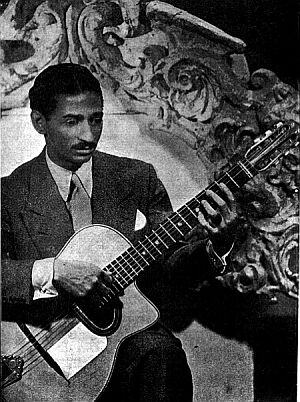
 I was just watching an
I was just watching an 